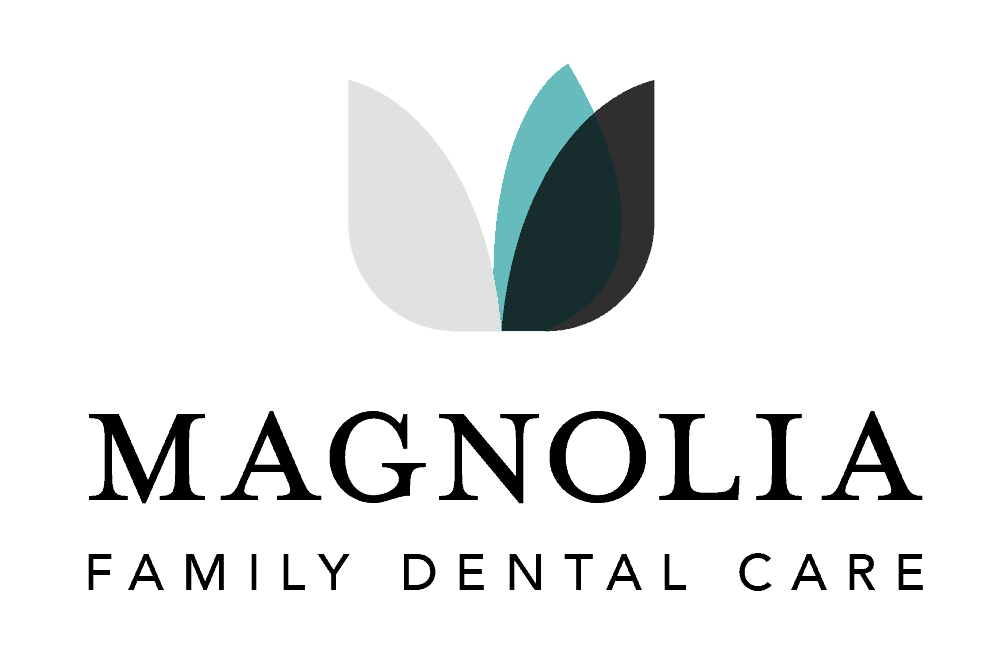
28 Mar Quick Guide: Emergency Wisdom Tooth Removal
Recognizing a Wisdom Tooth Emergency
Wisdom teeth can sometimes cause trouble. Knowing when to seek removal can help you avoid pain and complications. Let’s break it down so you can understand when it’s time to call the dentist.
Signs You Might Need Emergency Wisdom Tooth Removal
- Severe Pain or Discomfort: If your mouth or jaw is aching persistently and over-the-counter pain relievers barely help, it’s a sign something’s not right.
- Swollen Gums: If your gums around the back teeth are swelling, it could mean your wisdom teeth are trying to push through but don’t have enough room.
- Trouble Opening Your Mouth: When you can’t open wide without pain, your wisdom teeth could be the culprit.
- Visible Infection: Signs of pus or unusual discharge around your wisdom teeth are a red flag for infection. Other clues include bad breath or a bad taste in your mouth.
- Stiff or Swollen Jaw: Impacted wisdom teeth can cause jaw swelling, making it hard to eat.
Why Waiting Isn’t Wise
Ignoring these warning signs can lead to bigger problems like infection spreading or damage to neighboring teeth. Wisdom teeth issues usually need a professional’s touch to resolve.

Next Steps Toward Wisdom Tooth Relief
If you’re experiencing any of these signs, reach out to your dentist. They may invite you for an exam or x-rays to confirm if it’s your wisdom teeth causing the problem. If you need an emergency wisdom tooth removal, your dentist will guide you through the process.
Removing troublesome wisdom teeth isn’t just about eliminating pain; it’s about protecting the rest of your mouth from possible future issues. If you’re experiencing any concerning signs, make that call and take the first step toward relief.
With today’s dental advancements, wisdom tooth removal is more straightforward than ever. Trust your dental team to get you through smoothly.
Finding an Emergency Wisdom Tooth Provider
Finding yourself in a dental emergency, particularly when it involves a wisdom tooth, can be alarming and painful. Understanding where to go for emergency wisdom tooth removal is important in relieving discomfort quickly and effectively.
Identify the Urgency
Assess how urgent your situation is. If you are experiencing severe pain, swelling that impedes your ability to swallow or breathe properly, or an infection marked by fever and pus formation around the tooth, you need immediate attention.
Dental Offices vs. ER for Wisdom Tooth Emergency
Your first call should be to a dentist or oral surgeon rather than heading straight to a hospital ER. Many dental clinics offer emergency services and will strive to see you on the same day for acute cases.
Dentists and oral surgeons have the specific tools and expertise needed for dental issues, something a general ER might lack.
Emergency Dental Clinics
Seek out emergency dental clinics in your area that specialize in urgent dental care, including wisdom tooth extractions. They can often accommodate walk-in emergencies or offer same-day appointments.
24-Hour Dental Services
Some cities have 24-hour dental services. If your wisdom tooth causes problems in the middle of the night, these can be helpful. A quick online search or calling a dental hotline can guide you to the nearest 24-hour service.
When to Consider the ER
In scenarios where you cannot access an emergency dentist or oral surgeon immediately, and you exhibit symptoms like extreme swelling affecting your breathing, or an abscess causing high fever, heading to the ER becomes necessary. While they may not be able to perform a wisdom tooth extraction, they can address infection control and pain relief until you can see a dental specialist.

Be Prepared for An Wisdom Tooth Emergency
Research emergency dental care providers in your area and save their contact information in your phone or keep it somewhere easily accessible. Knowing who to call or where to go when dental troubles arise can save you time and reduce stress in emergencies.
In case of an emergency involving your wisdom tooth, heading to an emergency dental clinic or calling an emergency dentist should be your first step. They’re your best option for fast treatment and relief.
While ERs can provide immediate care for severe symptoms, they’re not equipped for specific dental procedures. Being informed and prepared is your path to quick recovery. Don’t let wisdom tooth pain linger – take action swiftly and smartly.
Post-Removal Wisdom Tooth Care
After you’ve navigated emergency wisdom tooth removal, it’s important to focus on recovery to ensure you bounce back healthy. Here’s your post-wisdom tooth extraction care guide:
Immediately After Wisdom Tooth Surgery: The First 24 Hours
- Bite Down on Gauze: Keep a gentle but firm bite on the gauze placed by your dentist or oral surgeon to help with clotting. Change it as directed, usually every 30 minutes to an hour within the first day, depending on bleeding.
- Rest and Elevate Your Head: Rest but keep your head elevated with pillows to reduce bleeding and swelling. Avoid lying flat.
- Apply Ice: To combat swelling, ice your cheek close to the extraction area in 15-20 minute intervals for the first day. This can also reduce pain.
Pain Management and Food
- Take Prescribed Painkillers: Follow your dentist’s instructions on pain management. If you’ve been prescribed medication, take it as directed.
- Eat Soft Foods: Stick to soft, easy-to-chew foods like soups (not too hot), applesauce, yogurt, and smoothies. Gradually reintroduce solid foods as you start to feel better.
- Stay Hydrated But Skip the Straw: Keep hydrated but resist using a straw. The suction movement can dislodge the clot forming over your extraction site, delaying healing and possibly leading to a dry socket.
Hygiene and Follow-Up Care
- Gentle Oral Hygiene: Avoid brushing directly on the extraction site for the first few days. You can gently rinse your mouth with warm salt water after meals and before bed to keep the area clean, generally starting 24 hours after surgery.1
- Skip Smoking: If you smoke, now’s a good time for a break. Smoking can impede healing and increase risks for complications.2
- Attend Follow-up Appointments: Make sure you attend a follow-up appointment if your dentist has recommended one. This visit ensures everything is healing correctly, and it’s a chance to address any concerns.
Signs You Should Call Your Dentist
Contact your dentist or oral surgeon if you experience any of the following:
- Persisting or worsening pain several days post-surgery
- Excessive bleeding that doesn’t slow despite gauze application
- Signs of infection like increased swelling, fever, or pus coming from the extraction site
- Dry socket, which typically reveals itself as a pronounced pain a few days after surgery when a blood clot fails to form or gets dislodged

Recovering from wisdom tooth extraction doesn’t have to be difficult. With the right care and patience, you’ll navigate through the recovery period smoothly. Listen to your body and follow the guidelines your dental professional provides.
Get plenty of rest, take it easy with your favorite movies or books, and you’ll be back to normal before long.


Sorry, the comment form is closed at this time.